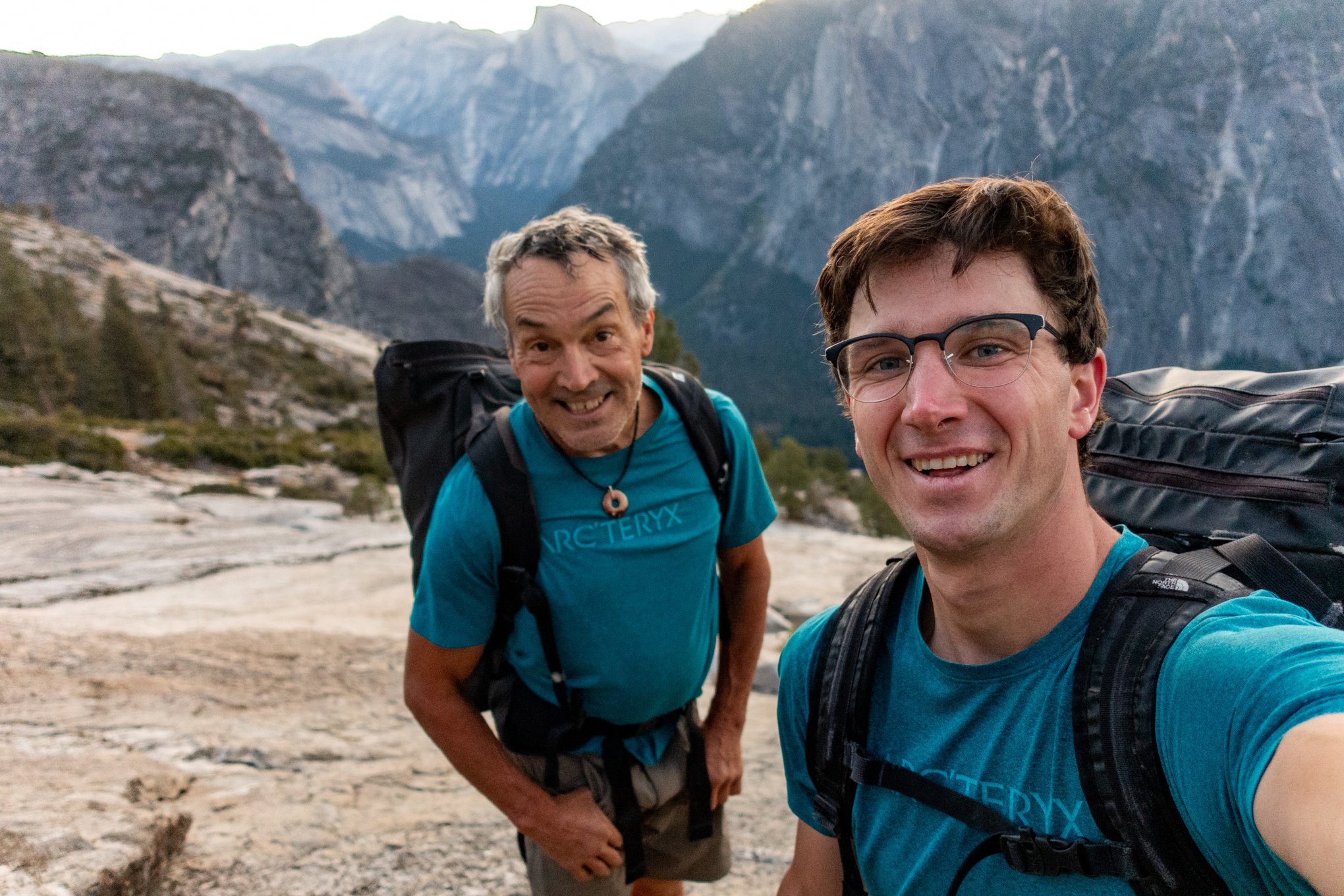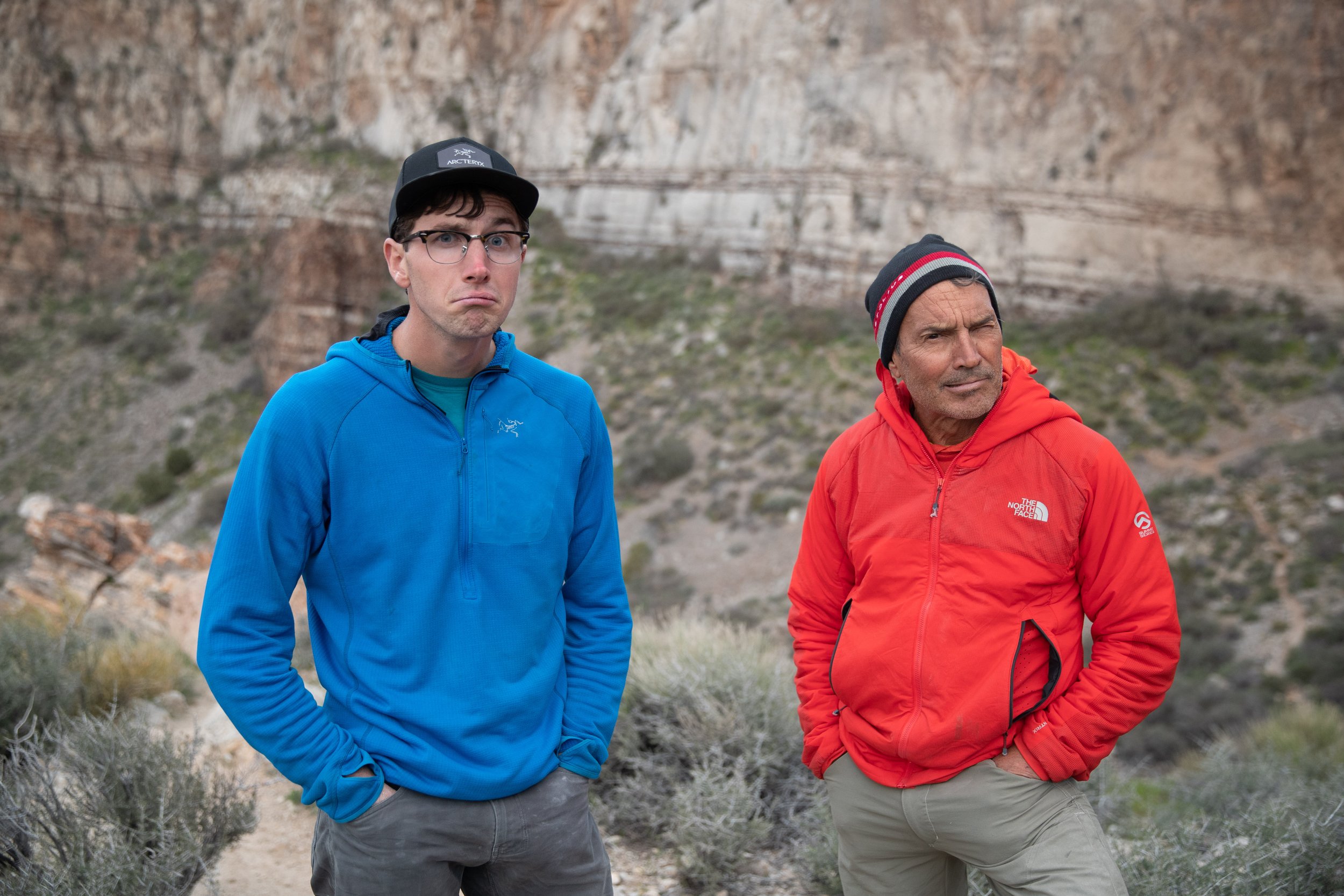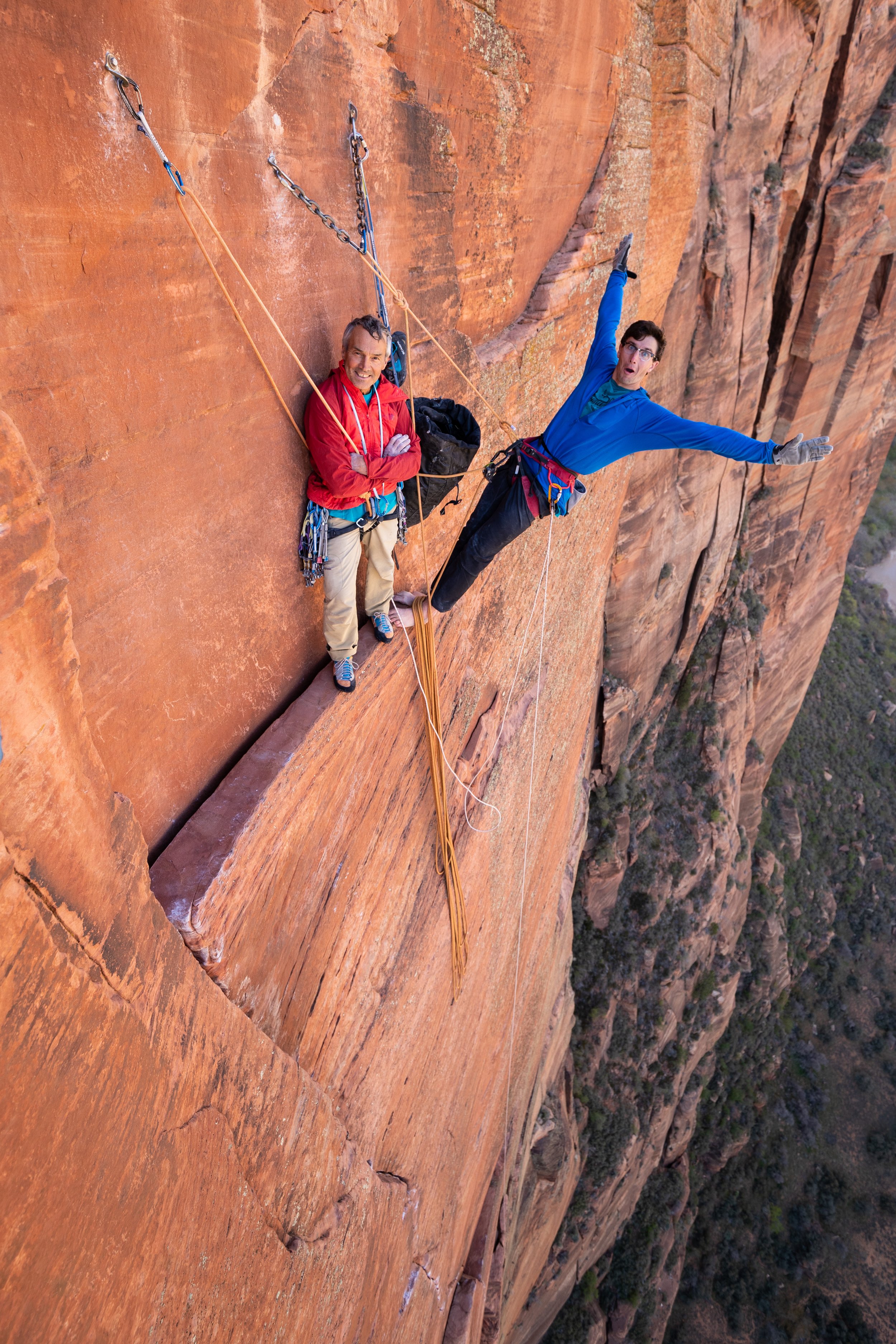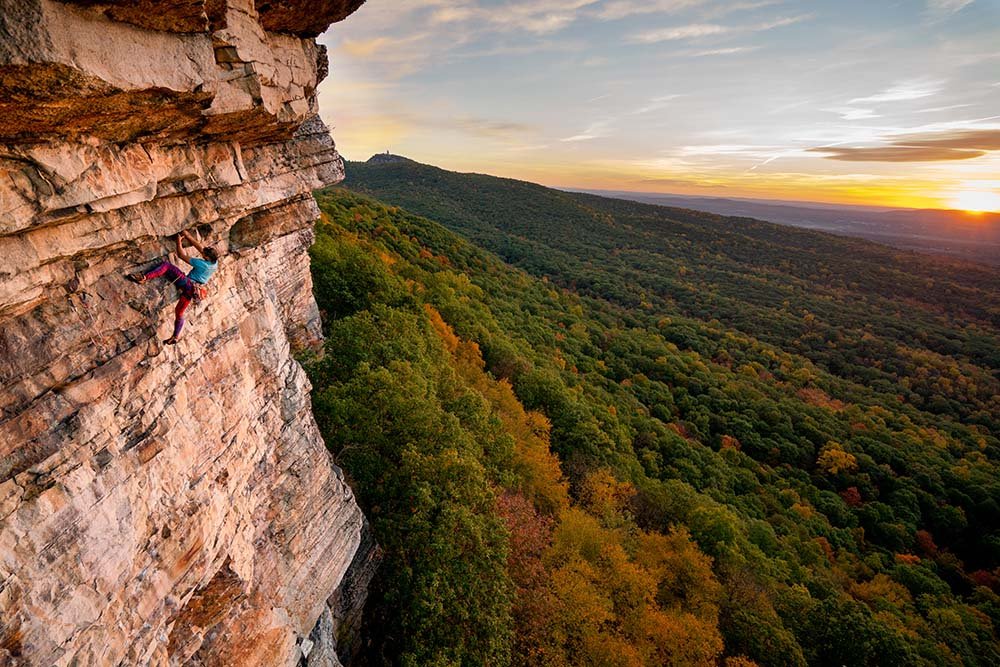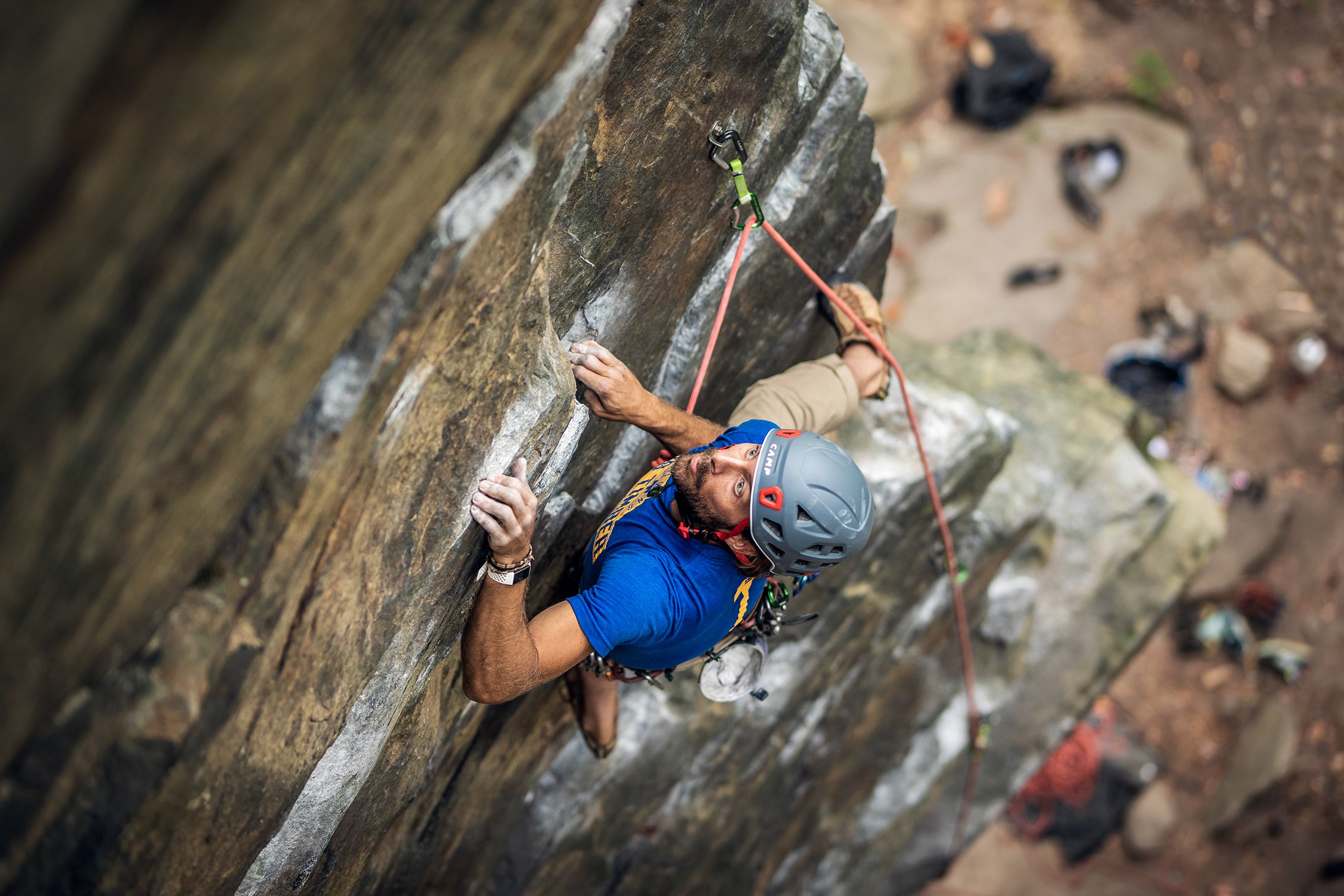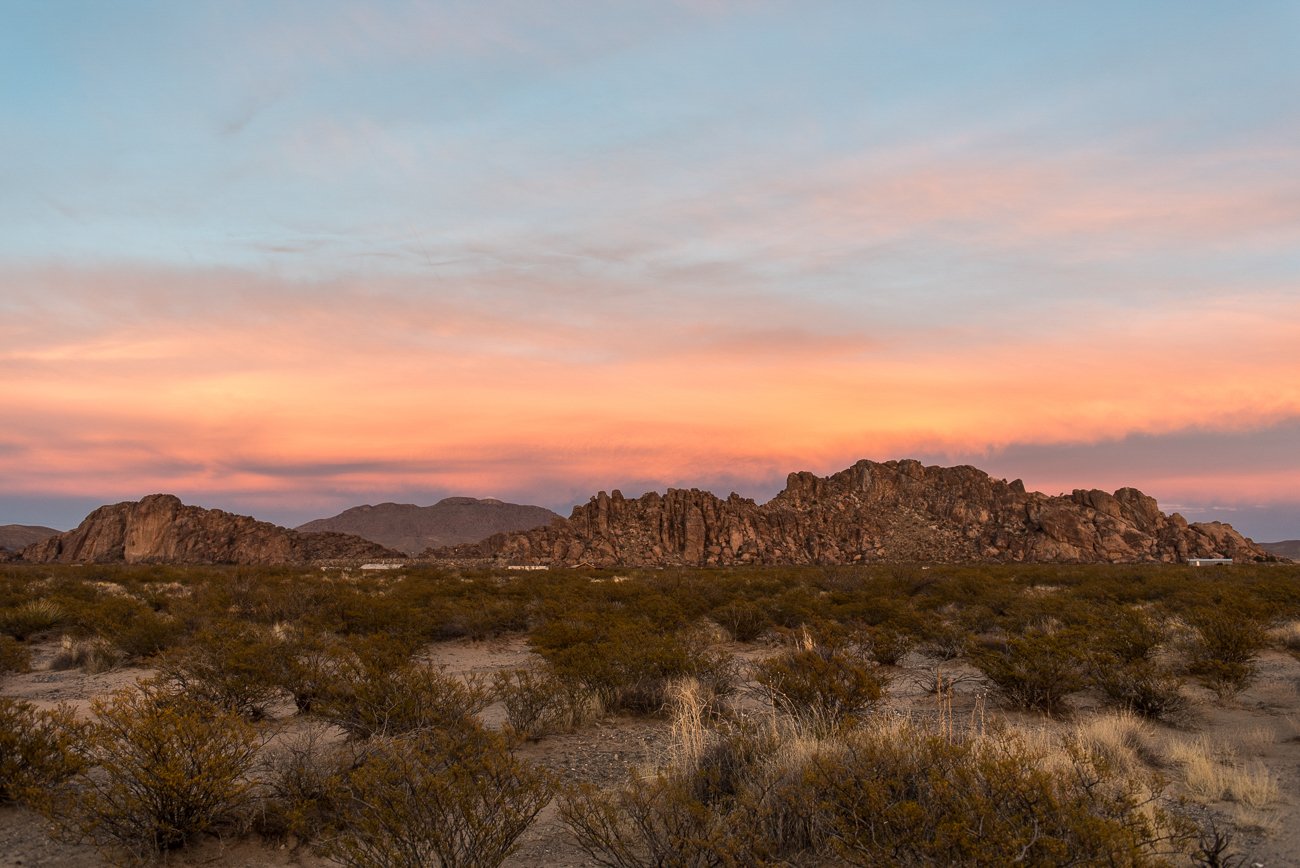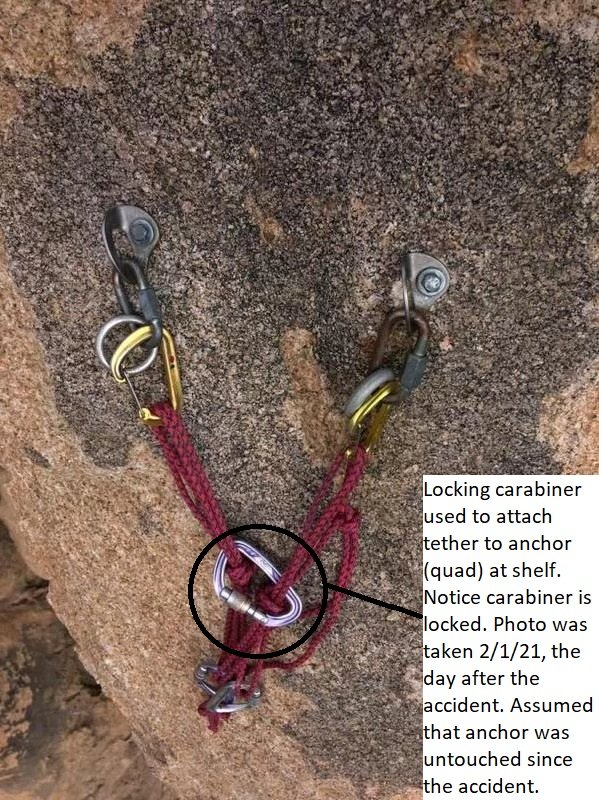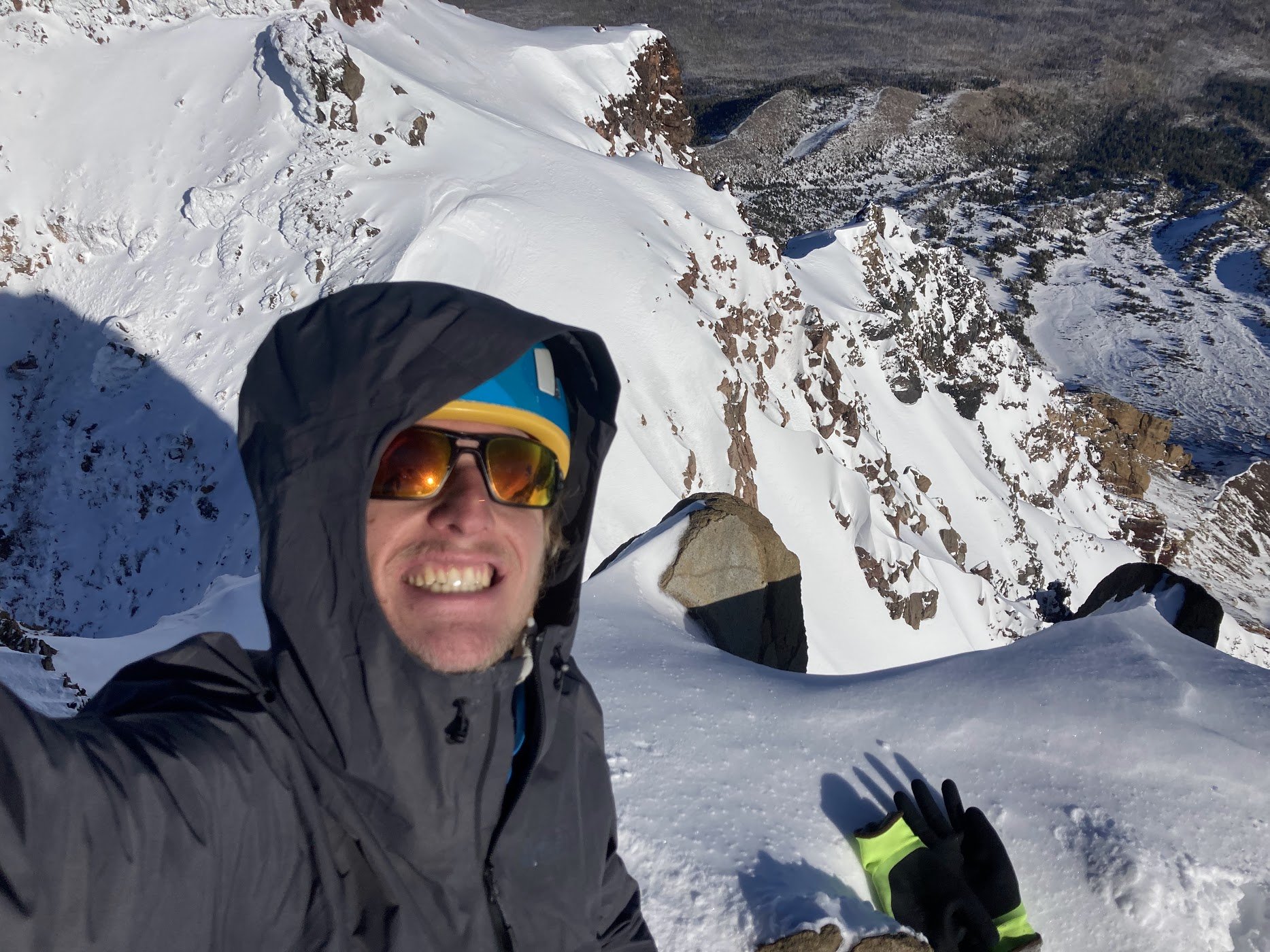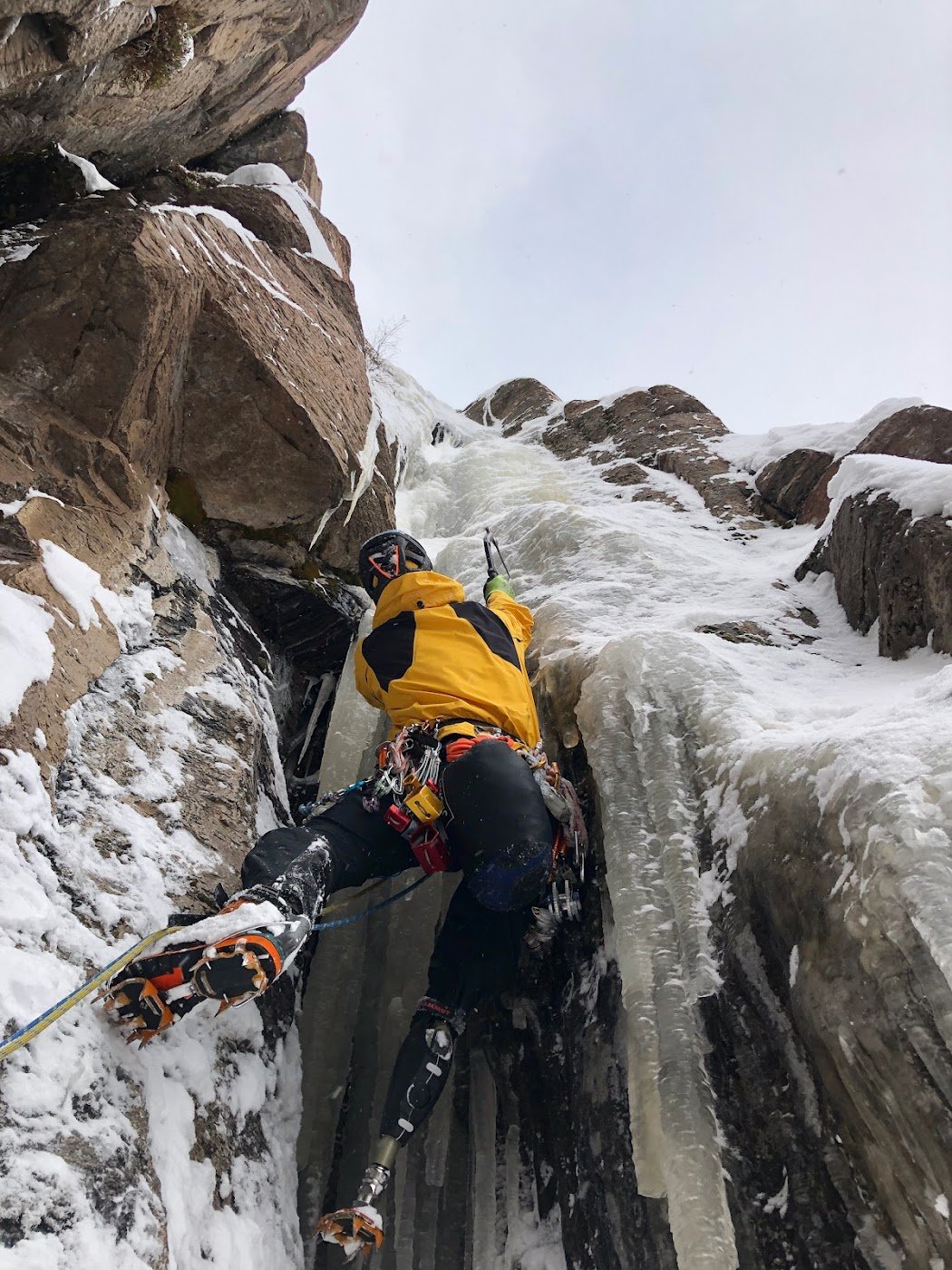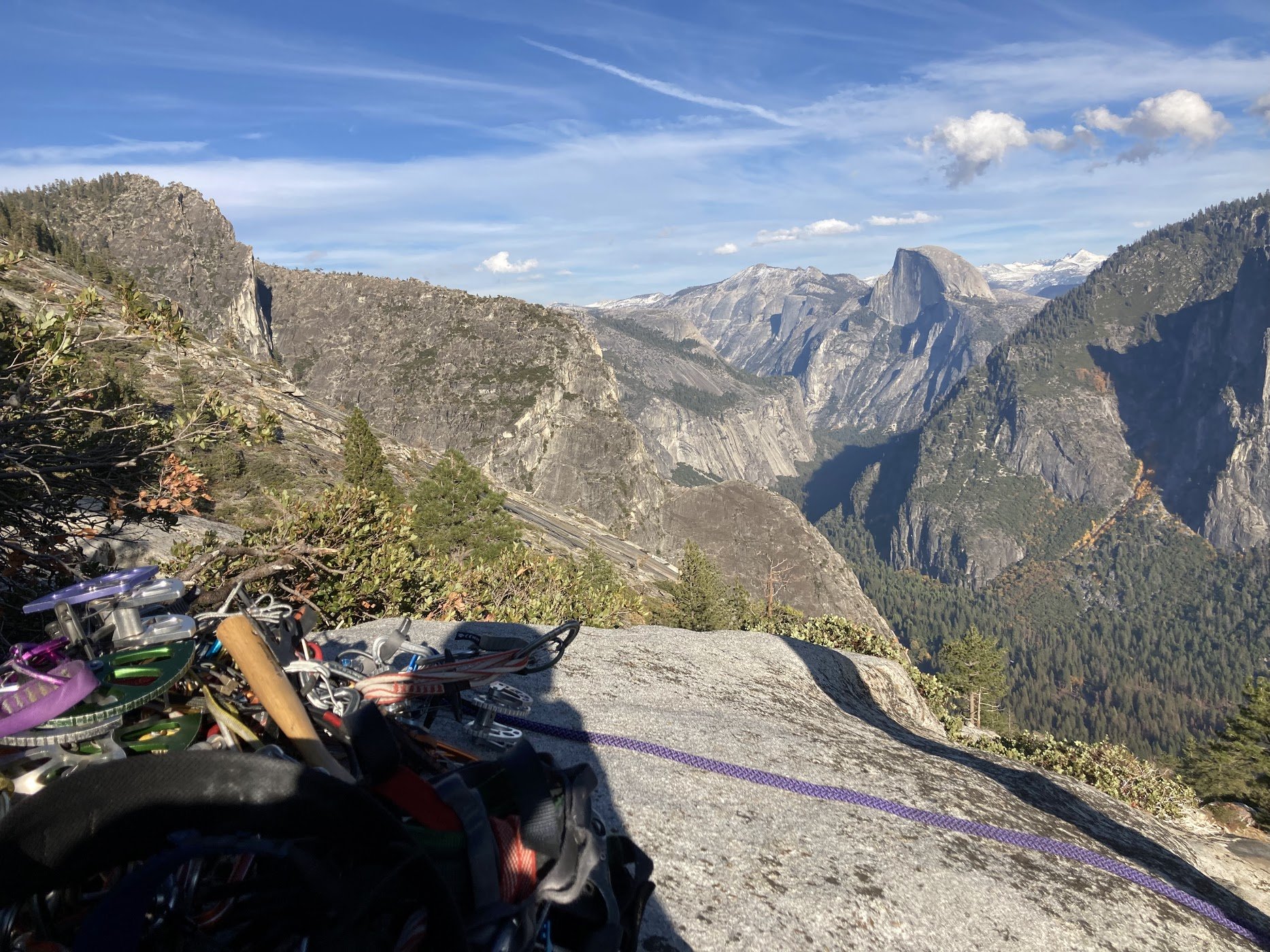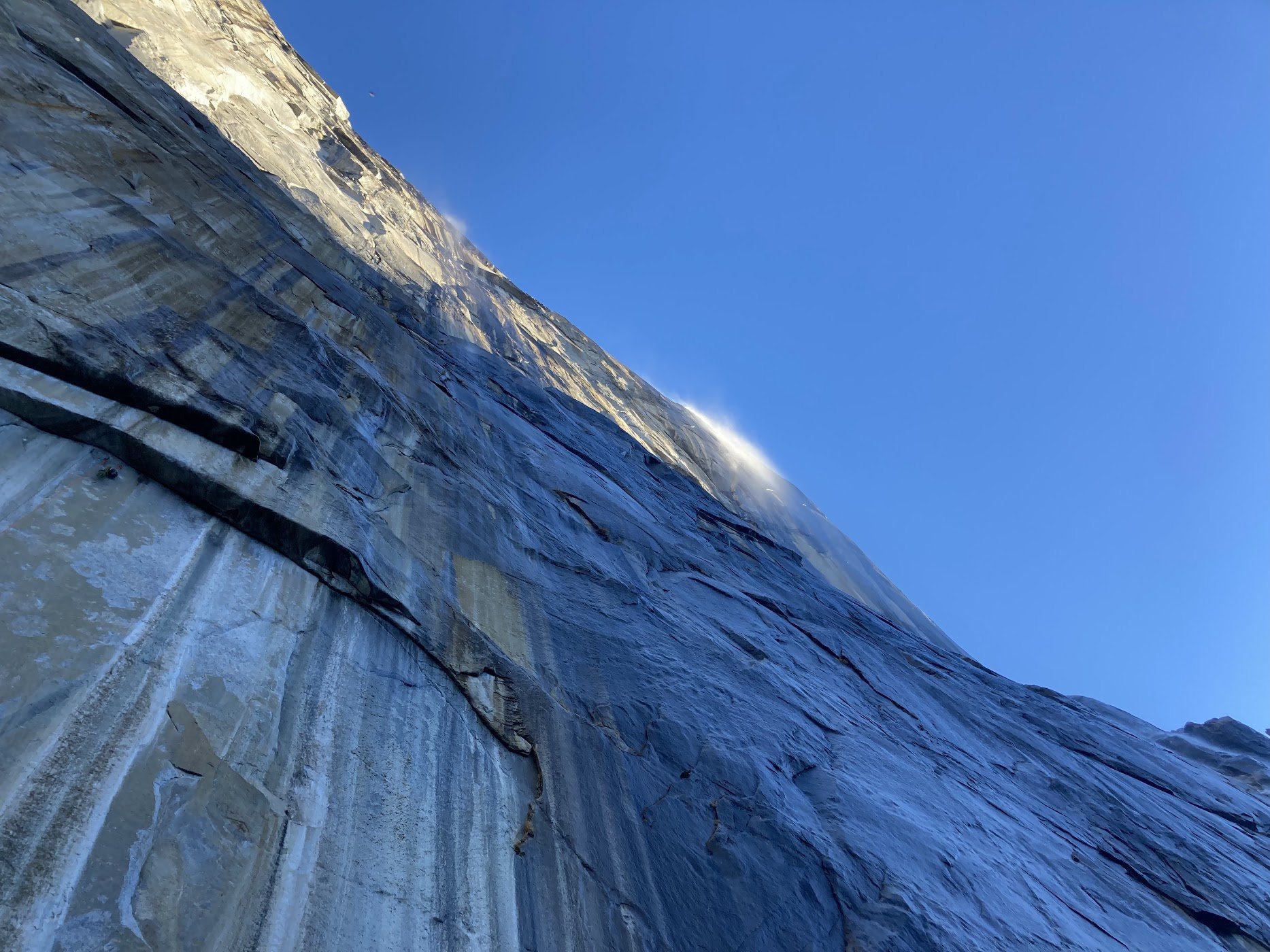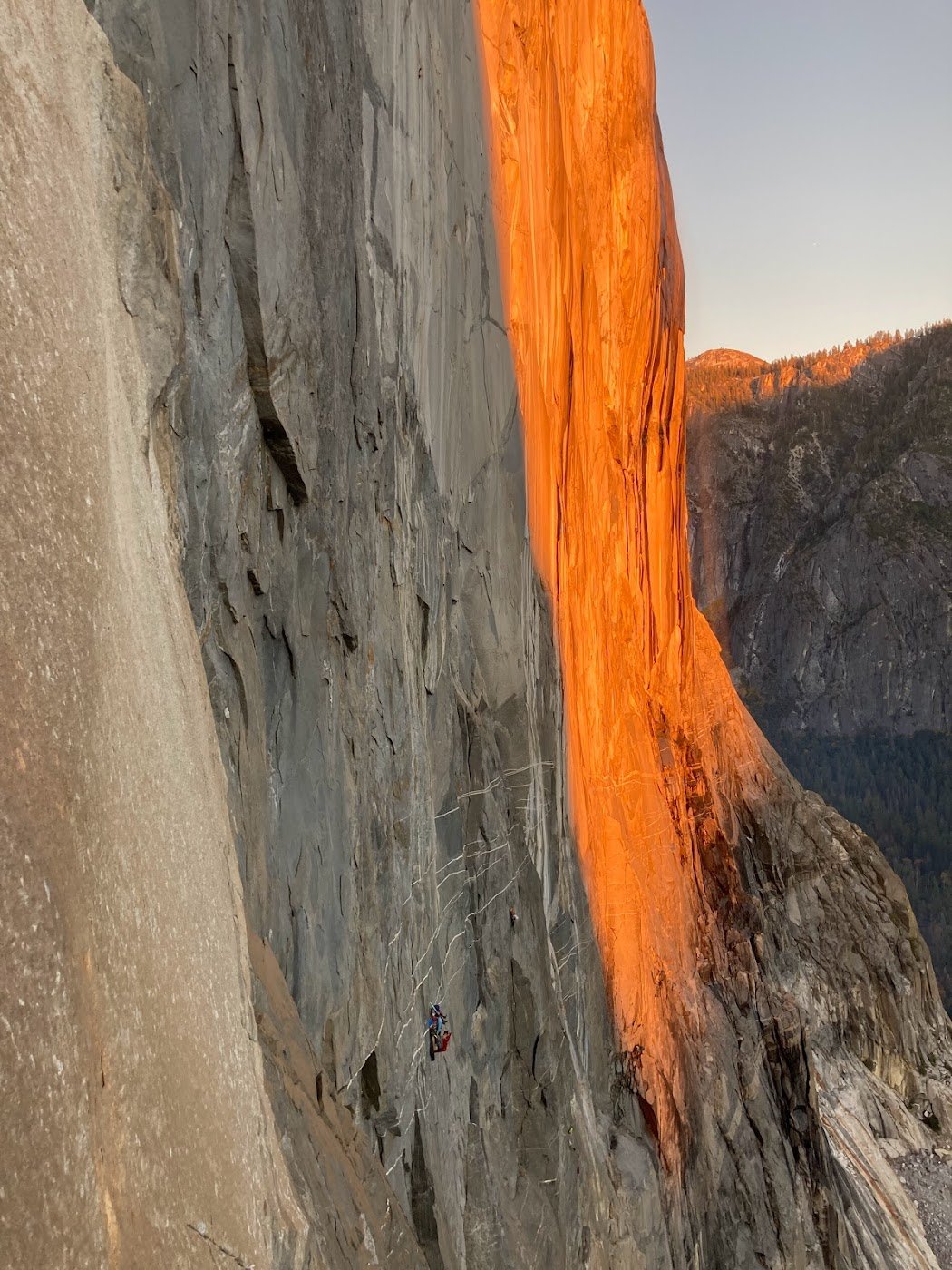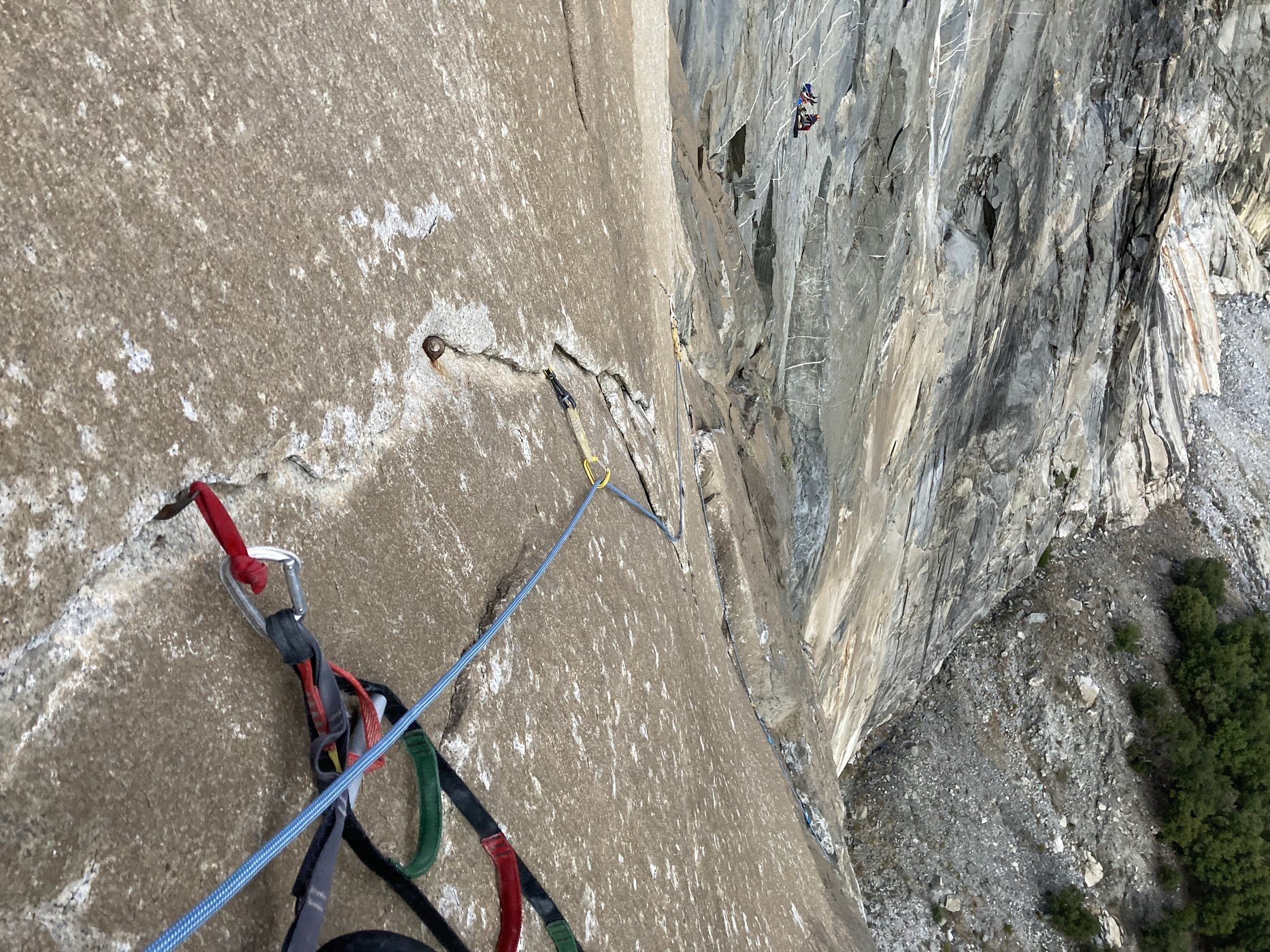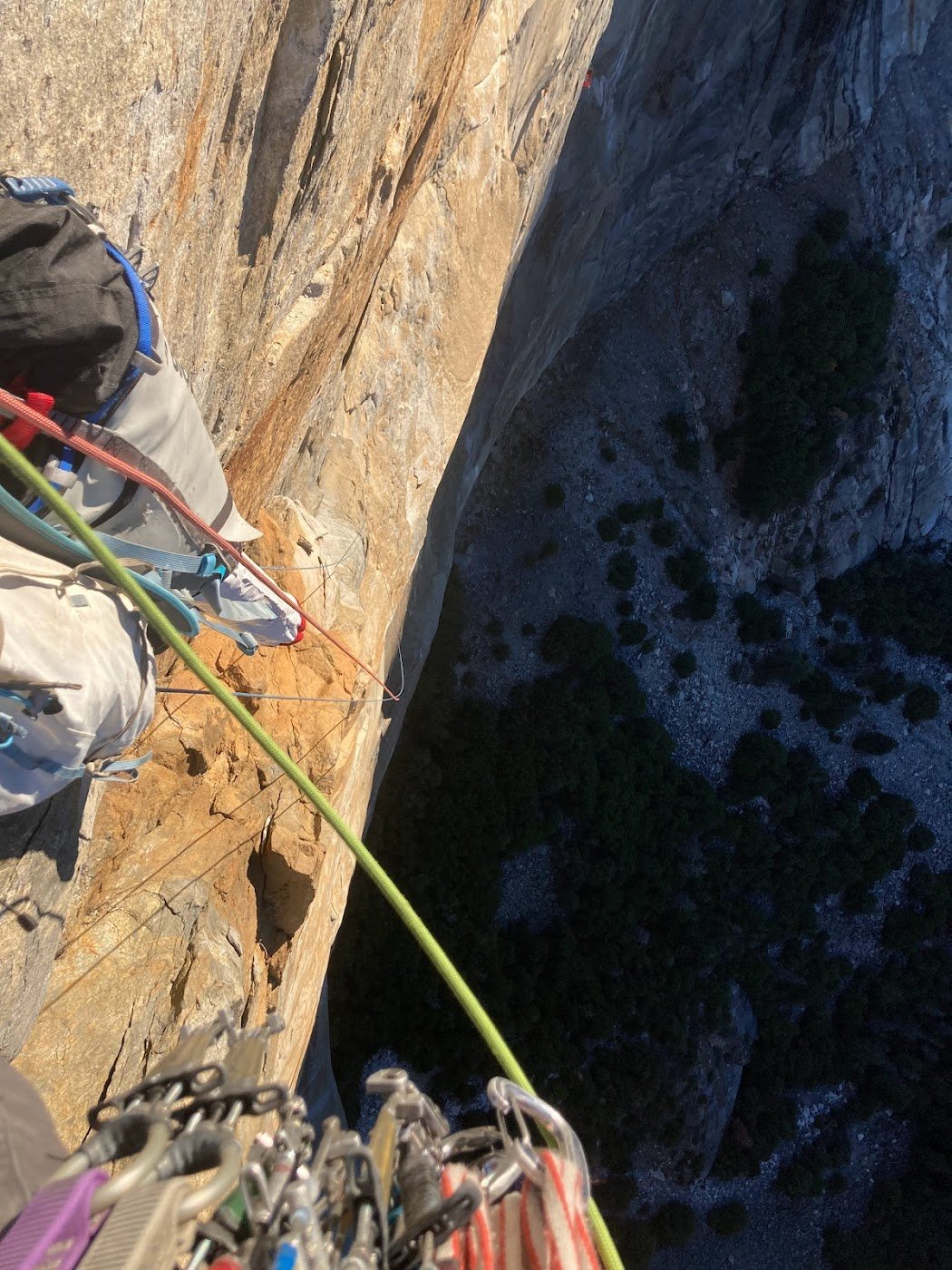Adapted from the 2018 Live Your Dream Grant trip report by Bria Riggs.
Sometimes the dream is adventure. Sometimes the dream is discovery. For Bria Riggs, the Live Your Dream Grant allowed her to pursue both dreams simultaneously.
Bria’s funded trip brought her to the Cordillera Blanca region of Peru, where she spent almost eight weeks mountaineering and collecting scientific field data. Working with the American Climber Science Program, Bria ventured to six different valleys within the region and glimpsed countless beautiful peaks. She summited three major peaks (Villanaraju, Pisco, and Ishinca) and attempted two others.
This expedition was focused on high mountain environmental science, in which her team combined mountaineering and science in order to investigate the impacts of climate change on the glaciers in the region. Specifically, Bria was studying and simulating the impacts of light absorbing particles on glacial melt. She would then go on to use this data in her senior thesis at Bates College.
As both a lover of the mountains and a scientist, Bria couldn’t have asked for a better research experience or introduction into expedition life.
Over the course of the eight-week expedition, Bria’s team ran into minimal issues. Overall they had great weather conditions for climbing and were only snowed out of one peak (Maparaju). However, an ice bridge that connects to the summit pyramid of Chopicalqui kept them from attempting that peak, which would have been their highest peak of the expedition. To Bria, it felt ironic that climate change is what kept them from collecting their data on Chopicalqui and also kept some of their team from summiting Tocllaraju due to glacial recession and an increase in crevasse danger.
Unfortunately, Bria tore three ligaments in her ankle two weeks into the expedition on their first big climb up Andevite. However, Bria continued to climb as much as she could throughout the remaining six weeks but was unable to summit Urus Este and Yanapacha. While this was upsetting, her expedition was still wildly successful in her own eyes. Bria climbed to a new personal elevation record, collected great field data for her thesis, and fell in love with the people, culture, and landscapes of the Cordillera Blanca. The peaks that she was able to summit were incredible and absolutely humbling.
Bria remembers coming over the crest to the summit of Villanaraju and being filled with joy and wonder. After weeks of frustration and pain from her injury, she had finally reached a summit and was so overwhelmed at that moment. Bria continued to have this same feeling with all of the team’s other summits, solidifying the fact that this is why she climbs and is fighting to save such beautiful places.
Bria Reflected: “This expedition has had a tremendously positive impact on my climbing career. Not only did it allow me to climb bigger peaks than I ever have, but the experience also taught me a lot about expedition life. While it would have been great if everything had gone perfectly smoothly, in some ways, I am happy I had challenges and setbacks. I think my experiences showed me that in mountaineering, as in scientific research, there are always obstacles and despite these obstacles, I still loved being in the mountains and climbing for the full eight weeks. As a climber, this expedition opened up my eyes to the amazing life of climbing more than any of my previous experiences. Now, more than ever, I am excited to plan my next adventures and attempt to climb bigger and more technical peaks.
“I have a lot of ski mountaineering experience, but my time in Peru has allowed me to further enhance my rope, crevasse rescue, and overall glacial travel skills. By solely mountaineering, this experience allowed me to focus on the ascent more than the descent as opposed to my previous skiing adventures. I am also more excited about climbing bigger peaks with technical routes. This expedition was a perfect stepping stone for me to learn more skills and get ready to chase bigger climbs in bigger ranges.”
For Bria, chasing her dreams of discovery and adventure opened her up to the possibilities of future dreams. That is what the Live Your Dream Grant is all about.
The Live Your Dream Grant is powered by The North Face.











